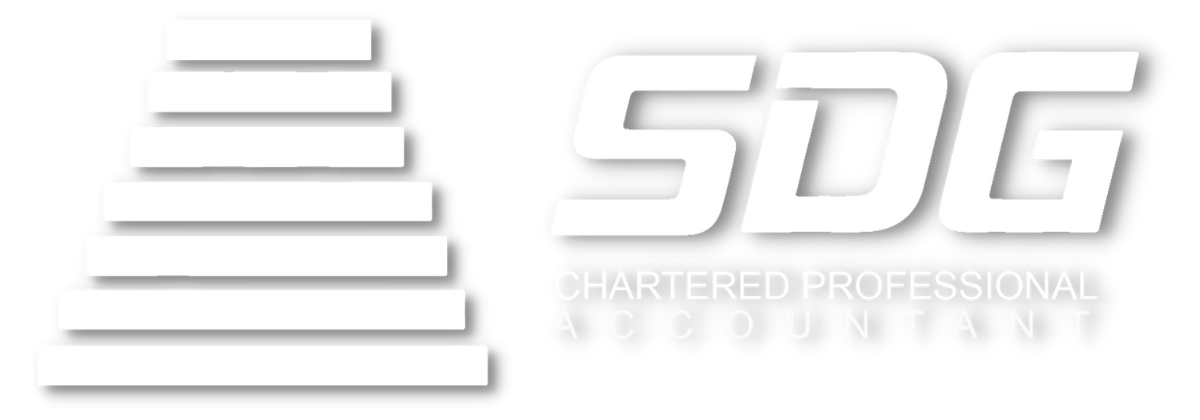
When U.S. persons own shares or have controlling power over foreign corporations, they must file additional tax documents. Form 5471 is a perfect example and one of the most complex ones that the IRS ever created. It has a total of 12 schedules built into it and allows the government to detect hidden irregularities. Based on comparisons of this form and the corporation’s returns, they will determine when to initiate an audit.
Given the rapidly growing globalization, the number of people working internationally is counted in millions. As they occupy practically all sectors, many of them fulfill high-level positions of leadership. Examples include individuals who fulfill authority figures in foreign establishments. And whilst their status entitles them to hefty compensation, it also brings forward a set of unique IRS requirements. For instance, any directors, officers, or even shareholders of foreign corporations will need to file Form 5471.
What is Form 5471?
Form 5471 is an “Information Return of U.S. Persons with Respect to Certain Foreign Corporations.” In translation, it is a form that some taxpayers use to report the activities of their foreign organizations. Courtesy of its “informational” status, there is no actual tax liability associated with the filing. Instead, the IRS utilizes it to determine what companies they should audit under laws such as Subchapter F, per se. Although the shortened version only spreads over six pages, this form is known for its numerous schedules. Some of the most important examples include:
- Form 5471 Schedule J
- Form 5471 Schedule M
- Form 5471 Schedule O
- Form 5471 Schedule P
- Form 5471 Schedule H
Even though there are many others, these are the five schedules that people commonly overlook or struggle with. Failing to submit them, however, can lead to hefty penalties and make your entire return inaccurate or incomplete.
General Filing Advice for Form 5471
Before you begin working with various schedules, there are some universal filing tips that you should keep in mind. Be ready to find all the necessary information about the Controlled Foreign Corporation (CFC) in question. Doing so will allow you to get through the first few lines that lead to Schedule A. Some of the things that you should know are the date of incorporation, business activity number, currency, and similar. Once you fill out the basic information, prepare for the complex schedules mentioned above.
Various Filer Categories
Since there is a whopping total of 12 different forms, the IRS simplified the filing process by creating five distinct categories. These categories break down the taxpayers by looking at their status with the company, stock ownership, and more. For example, a U.S. taxpayer who had control of the foreign corporation will be in the fourth category. Such guidelines apply to each of the other categories and help individuals select the schedules that pertain to them. The hypothetical taxpayer from the fourth category, per se, will have to file everything but Schedule O. A person who is the second category, however, will just need to submit Schedule A and the first part of Schedule O. Hence why recognizing which category you fall into is vital.
Form 5471 Schedule J
Form 5471 Schedule J applies to category one, four, and five. This is because it revolves around accumulated earnings and profits for the foreign corporation. The IRS demands that the numbers remain in their functional currency. So, if you are in these categories, you do not have to do any currency translations for Form 5471 Schedule J.
The purpose of the Form 5471 Schedule J is to help the IRS determine untaxed earnings that the corporation made after 1986. How does requiring the individual taxpayer to make certain estimates and report earnings and profits help with that? Well, Form 5471 Schedule J gives the IRS something to compare the actual returns filed by the corporation too. If there are major discrepancies, they will have probable cause to make further inquires or even start an audit.
Schedule M
Form 5471 Schedule M is only required for filers from category four. As said, these are all U.S. persons who had control of a foreign corporation. The purpose of the Form 5471 Schedule M is to report transactions between the CFC and its shareholders or related parties. Some of the examples of those transactions include stock, property, or inventory sales, commissions, interest, premiums, and similar. By analyzing the inter-company activities, the IRS will be able to determine if any figures were over or understated.
This often takes place when related parties are unidentified or the CFC fails to adhere to the related-party guidelines. Doing so causes tax liabilities to be understated. By leveraging Form 5471 Schedule M, however, the IRS can pin-point the exact transaction that seems suspicious. Then, they can determine if further investigation is required or if the CFC and taxpayer have appropriate supporting documentation. The actual Form 5471 Schedule M is not too difficult to fill out once you have access to all accounting records. Obtaining those records, however, is a whole different story as it could be borderline impossible.
Schedule O
Filers who fall in the second or third category will have to file Form 5471 Schedule O. Interestingly enough, Form 5471 Schedule O is divided into two parts that do not apply to the same people. For instance, someone who falls in the second category will only need to submit the first part. Those who belong to the third category will instead focus on the second part. The IRS splits the form because the first one only applies to U.S. officers and directors. Part II, on the other hand, addresses individual U.S. shareholders who have no controlling power in the CFC.
The underlying purpose of Form 5471 Schedule O is to report the reorganization of the CFC and changes in stock ownership. Those changes in stock ownership include any acquisition or disposition of the company’s stocks. Out of all 12 schedules, this one is amongst the simplest ones as it only has two pages. In addition, category two filers will just need to complete four lines in part one. As far as the required information, it boils down to dates of stock transactions, methods of buying, and filer’s name. By looking at Form 5471 Schedule O, the IRS can determine if the company’s reorganization should have changed THE CFC’s taxation. In addition, inquiring about control that the director or stockholder possesses will help the government make tax classification adjustments.
Schedule P
Unlike the previous schedule, Form 5471 Schedule P applies to everyone except filers from categories two and three. The reason why is that Form 5471 Schedule P reports previously taxed income of the shareholder of a CFC. Since categories two and three deal with shareholders and directors who just acquired control, there will be no previous earnings. Everyone else, however, will need to complete a two-page table featured on Form 5471 Schedule P. If you belong to more than one category, which is certainly possible, you will need to file a separate schedule for each.
You should begin preparing this part of the return at least a few months ahead of the deadline. The reason why is that Form 5471 Schedule P is undoubtedly amongst the hardest ones to fill out. Beware of a common misconception that many taxpayers have where they mistake schedule P for schedule J. Remember that this one has nothing to do with current earnings and profits, only those from prior years. Hence why a lot of boxes on lines 7 and 10 are blacked out.
Schedule H
Finally, it is time to look at the Form 5471 Schedule H. This one will only concern you if you belong to the fourth or fifth category of filers. While it is also somewhat similar to schedule J, Form 5471 Schedule H only deals with current earnings and profits. Schedule J is different because it also shows the accumulated portion. It is vital that you prepare a separate Form 5471 Schedule H for every income category of the CFC. If your foreign corporation reported both sales and rental earnings, you will need two H schedules. As with everything else surrounding Form 5471, the IRS accepts functional currency over U.S. dollars.
Luckily, if you need to complete Form 5471 Schedule H, the process is fairly straightforward. There is a total of five lines divided into categories A through D. The entire schedule takes less than one page. This effectively makes it the shortest form you will see with 5471s. Remember to accurately showcase all net additions and subtractions because the IRS will compare them with Form 1120-F. For those unfamiliar, this is the corporate return for foreign companies that must file in the U.S.
Filing Deadline and Penalties
After realizing how complex Form 5471 truly is, you should definitely plan to start the preparation process early. The same deadline for all other individual forms, which is April 15, will apply here as well. If you determine that you will not be able to complete all schedules in time, you can always get a six-month extension. Remember that tax liabilities are never postponed, however, and you must still make payment by April 15t.
If you fail to submit Form 5471, section 6679 allows the IRS to penalize you with $10,000. You could also get a $10,000 penalty for each unsubmitted form once 90 days from the receipt of notice pass. That penalty will hit you on a monthly basis and can go up to a maximum of $50,000. Not to mention that you could face a criminal investigation and possible prosecution. So, although Form 5471 is incredibly complex and tedious, not submitting it will be far worse.
The information is not intended to constitute professional advice and may not be appropriate for a specific individual or fact situation. It is written by the author solely in their personal capacity and cannot be attributed to the accounting firm with which they are affiliated. It is not intended to constitute professional advice, and neither the author nor the firm with which the author is associated shall accept any liability in respect of any reliance on the information contained herein. Readers should always consult with their professional advisors in respect of their particular situations.
— Sami Ghaith
CPA, CGA, MBA

